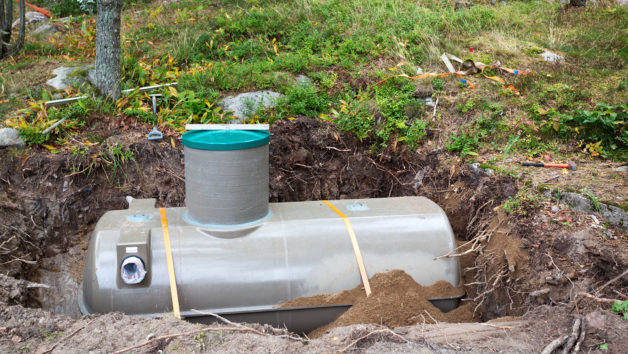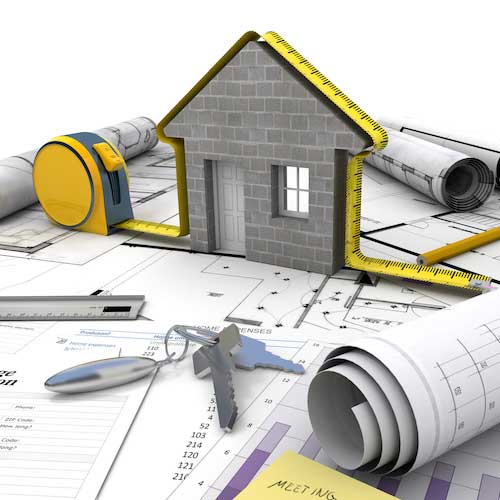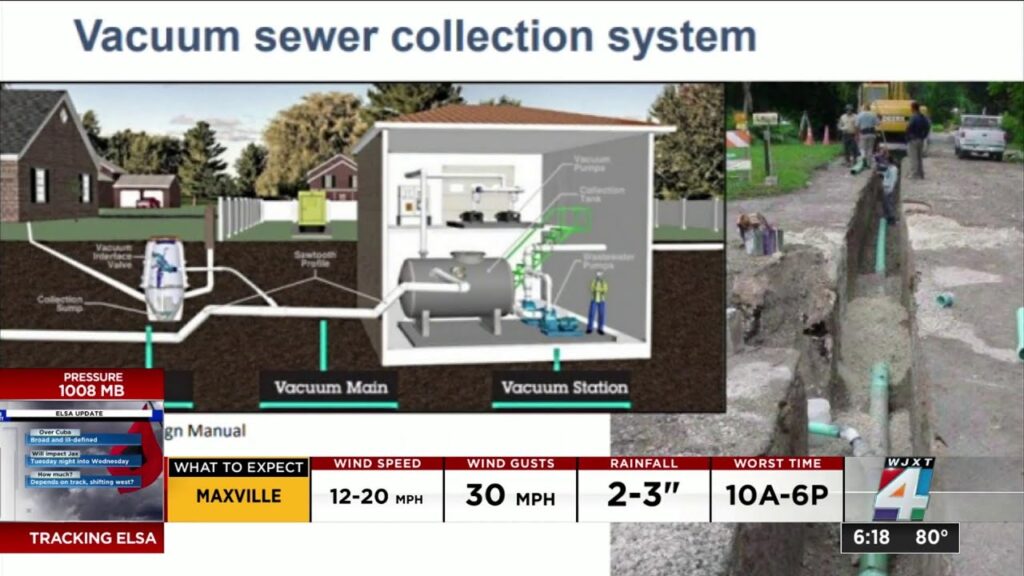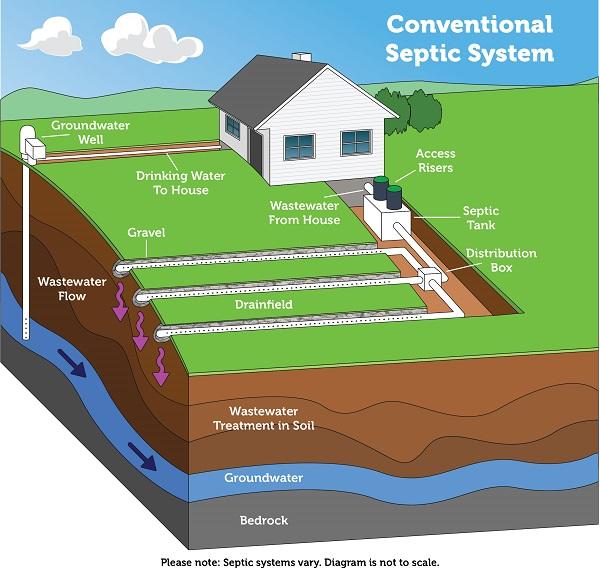In this article, you will learn about the importance of regularly maintaining onsite systems to keep them functioning at their best. We will discuss the various components of these systems that require attention and offer some tips on how to properly maintain them. By understanding the essential maintenance tasks, you will be able to prolong the lifespan of your onsite systems and avoid costly repairs in the future. So, let’s get started and ensure the continued health and efficiency of your onsite systems!

Understanding Onsite Systems
What are onsite systems?
Onsite systems, also known as septic systems, are decentralized wastewater treatment systems that are used in areas not served by a centralized sewer system. These systems typically consist of underground septic tanks and a drainfield area where the treated wastewater is dispersed into the soil for further treatment.
Importance of onsite systems
Onsite systems play a crucial role in maintaining public health and protecting the environment. They effectively treat and dispose of the wastewater generated by households and businesses, preventing contamination of groundwater and surface water sources. Without proper onsite systems, untreated wastewater can pose significant health risks and have detrimental effects on the ecosystem.
Common Issues with Onsite Systems
While onsite systems are designed to be durable and long-lasting, they can encounter various issues over time. It is important to be aware of these common issues to ensure the proper functioning of your onsite system.
Drainage problems
Poor drainage can lead to standing water, soggy soil, and potential flooding of your property. This can be caused by factors such as improper grading, clogged distribution pipes, or excessive water usage. Drainage problems can negatively impact the performance of your septic system and should be addressed promptly.
Septic tank issues
Septic tanks require regular maintenance to prevent issues such as sludge buildup, scum accumulation, and tank overflow. Failing to properly maintain your septic tank can result in costly repairs and potential system failure. Regular pumping and inspection are crucial to keep your septic tank in optimal condition.
Clogging and blockages
Clogs and blockages in the pipes and distribution lines can lead to backups and sewage overflow. Common causes of clogging include flushing non-biodegradable items, excessive use of grease and oil, and tree root infiltration. It is important to be mindful of what goes down your drains and take preventative measures to avoid clogs.
Odor and wastewater backups
Foul odors and backups of wastewater in sinks, showers, or toilets are clear signs of a problem with your onsite system. These issues can indicate problems with the septic tank or drainfield and should be addressed promptly to prevent further damage and restore the system’s proper functioning.

Regular Pumping and Inspection
Frequency of pumping
Regular pumping of your septic tank is essential to remove accumulated solids and prevent potential issues. On average, septic tanks should be pumped every 3 to 5 years. However, the frequency may vary based on factors such as system size, household size, and water usage. Consulting a professional can help determine the appropriate pumping schedule for your specific system.
Signs that pumping is needed
Certain signs indicate that your septic tank needs to be pumped sooner than expected. These signs include slow drainage, foul odors, sewage backups, and lush or wet areas above the drainfield. If you notice any of these signs, it is important to schedule a septic tank pumping as soon as possible to prevent further damage.
Importance of regular inspection
Regular inspection of your onsite system allows for early detection of any potential issues or signs of system failure. Professional inspectors can assess the overall condition of your septic tank, drainfield, and distribution lines, identifying any necessary repairs or maintenance. Regular inspections can help extend the lifespan of your system and prevent costly repairs down the line.
Hiring professional services
When it comes to septic system maintenance, it is crucial to rely on the expertise of professionals. Hiring experienced professionals ensures that the maintenance tasks are done properly and according to industry standards. They have the knowledge and equipment necessary to handle septic system pumping, inspections, and repairs efficiently and safely.
Proper Waste Disposal
Best practices for waste disposal
Proper waste disposal practices are essential for the health and longevity of your onsite system. Avoid flushing non-biodegradable items such as diapers, wipes, cigarette butts, and feminine hygiene products. These items can clog the system and cause significant damage. Additionally, never dispose of hazardous materials or chemicals down the drains as they can harm the septic system and the environment.
Avoiding harmful chemicals
Using chemicals like bleach, disinfectants, or strong cleaning products excessively can disrupt the natural balance of bacteria in your septic tank. These chemicals can kill the beneficial bacteria responsible for the breakdown of solid waste. Opt for septic-safe or environmentally friendly alternatives whenever possible to minimize potential damage to your system.
Importance of septic-safe products
Using septic-safe products such as toilet paper and detergents specifically formulated for septic systems can significantly contribute to the health and longevity of your system. These products are designed to be easily broken down by the bacteria in your septic tank, minimizing the risk of clogs and system failure. Always look for products labeled as septic-safe when purchasing household items.
Eco-friendly alternatives
Considering eco-friendly alternatives can reduce the strain on your septic system. For example, installing low-flow fixtures or dual-flush toilets can help conserve water, reducing the load on your septic system. Implementing these sustainable practices not only benefits your onsite system but also contributes to a greener and more environmentally friendly lifestyle.

Maintaining Drainage Systems
Importance of clean and clear drains
Ensuring clean and clear drains is vital for the proper functioning of your onsite system. When drains are clogged or slow, it can lead to backups, strain on the septic tank, and potential system failure. Regularly inspecting and cleaning your drains can help prevent clogs, keeping your system in optimal condition.
Methods for preventing clogs
To prevent drain clogs, it is important to be mindful of what goes down your drains. Avoid pouring grease, oil, or food scraps down the kitchen sink. Use drain strainers or screens to catch hair and other debris in the bathroom drains. Regularly flushing your drains with hot water and vinegar can help dissolve any buildup and prevent clogs.
Regular maintenance tips
In addition to preventative measures, regular maintenance of your drains is crucial. Snaking or using drain cleaning products, such as enzyme-based cleaners, can help remove any minor clogs or buildup. However, it is important to use these products sparingly and according to the manufacturer’s instructions to avoid damaging your septic system.
Monitoring Water Usage
Efficient water management
Efficient water management is vital for the health and longevity of your onsite system. Excessive water usage can overwhelm your septic system, leading to backups and potential damage. Implementing water-saving practices, such as fixing leaky faucets, taking shorter showers, and using efficient appliances, can significantly reduce water usage and preserve the health of your system.
Usage restrictions and tips
To minimize the strain on your septic system, it is important to be mindful of your water usage. Avoid running multiple water-intensive appliances simultaneously, such as the dishwasher and washing machine. Space out water-intensive activities throughout the day to prevent excessive flow into your septic tank. Additionally, avoid doing large loads of laundry in one go to reduce water usage.
Water-saving habits
Adopting water-saving habits can make a significant difference in the health and efficiency of your onsite system. Fixing leaks promptly, installing low-flow showerheads and faucets, and using water-efficient appliances are just a few examples of water-saving habits that can help reduce the strain on your septic system. Conserving water not only benefits your system but also contributes to sustainable living.

Managing Grease and Solid Waste
Preventing grease buildup
Grease and oil can cause major issues in your septic system. They can solidify and accumulate in the pipes and tank, leading to clogs and system failure. It is important to properly dispose of grease and oil by allowing them to cool and then disposing of them in the trash. Avoid pouring grease down drains or flushing it down the toilet to prevent costly repairs.
Disposing of solid waste properly
Solid waste should always be properly disposed of in the trash or compost, never flushed down the toilet. Flushing solid waste can overload your septic tank and lead to clogs. Additionally, avoid using excessive amounts of toilet paper as it can also contribute to clogs and strain on your system.
Importance of professional cleaning
Periodic professional cleaning of your septic tank can help remove built-up sludge and scum, ensuring optimal performance and preventing potential issues. Professional cleaners have the knowledge and equipment necessary to effectively clean your septic tank without causing damage. Regular cleaning can extend the lifespan of your system and save you from costly repairs.
Protecting the Drainfield
Understanding drainfield functions
The drainfield, also known as the leach field, is a crucial part of your onsite system. It is responsible for the final treatment and dispersal of the treated wastewater into the soil. The drainfield consists of a network of perforated pipes or chambers buried in gravel-filled trenches. Ensuring the proper functioning and protection of the drainfield is essential for the overall performance of your system.
Preventing damage to the drainfield
To protect the drainfield, it is important to avoid parking vehicles or heavy machinery on or near the drainfield area. These can compact the soil, disrupt the drainage, and potentially damage the pipes. Additionally, avoid planting trees or large shrubs near the drainfield, as their roots can infiltrate the pipes, causing clogs and damage.
Signs of drainfield issues
Certain signs indicate potential issues with your drainfield. These signs include foul odors around the drainfield area, persistent wet spots or ponding, and lush vegetation above the drainfield. If you notice any of these signs, it is important to address them promptly to prevent further damage and potential system failure.
Maintenance and care tips
Regular maintenance and care can significantly prolong the lifespan and efficiency of your drainfield. Avoid excessive water usage, as it can saturate the drainfield and impair its ability to effectively treat wastewater. Regularly inspect the drainfield area for standing water, odors, or other signs of potential issues. Consulting a professional for regular inspections and maintenance is recommended to ensure the optimal functioning of your drainfield.

Maintaining Vegetation and Landscaping
Proper plant selection near onsite systems
When landscaping near your onsite system, it is important to select plants that are compatible with the system’s needs. Certain plants have extensive root systems that can infiltrate and damage the pipes, leading to clogs and system failure. Opt for shallow-rooted plants and grasses that are less likely to cause damage and disruption to your onsite system.
Root intrusion prevention
Preventing root intrusion is crucial for the health and functionality of your onsite system. Plant trees and large shrubs at a safe distance from the system, considering their mature size and root spread. Regularly inspect the area for any signs of root intrusion, such as clogs or backups. If necessary, consult with an arborist or landscaper to address any potential root issues.
Minimizing disruption to system
When performing landscaping or construction activities near your onsite system, it is important to take precautions to minimize disruption. Avoid heavy machinery or excessive digging near the system to prevent damage to the pipes or tank. If major excavation is required, consult with a professional to ensure the safety and integrity of your onsite system.
Conclusion
Maintenance plays a crucial role in preserving the health and longevity of your onsite system. By understanding the common issues, adhering to regular pumping and inspection schedules, practicing proper waste disposal, maintaining drainage systems, monitoring water usage, managing grease and solid waste, protecting the drainfield, and maintaining vegetation and landscaping, you can ensure the optimal functioning of your onsite system.
By following these essential maintenance practices, you not only prolong the lifespan of the system but also contribute to the preservation of the environment and public health. Remember to consult with professionals for any maintenance, repairs, or inspections to ensure that your onsite system operates at its best. By taking care of your onsite system, you are taking care of your property and the world around you.
